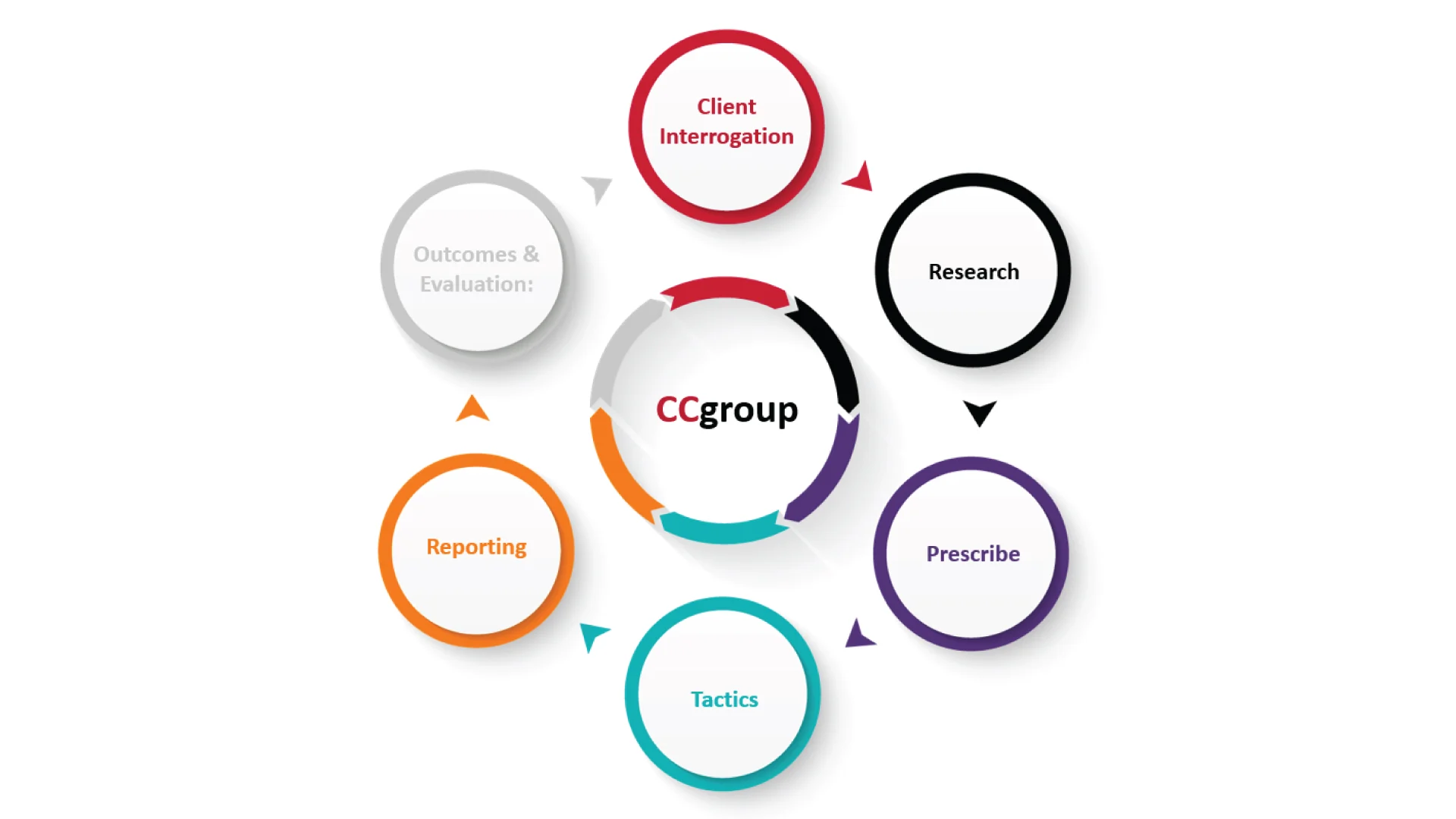As a result, there tends to be an overreliance on vanity metrics like reach and social followers. While big numbers can look impressive, they don’t translate to driving business value. Fortunately, with the right tools and methodologies in place reporting can be levelled up. Not only is it possible to show how PR has had an impact on the business, but it’s also possible to improve future plans and comms strategies.
In this blog I outline a few ways to demonstrate the value of PR, deliver competitor insights, and evaluate performance.
1. Power of Voice
A recent metric for measuring PR impact involved measuring the volume of coverage against competitors. This is called Share of Voice (SoV) and while it’s useful, it’s a little problematic. SoV only measures volume and treats all media coverage as equally valuable.
Not all publications have the same reach or influence, so it doesn’t make sense to measure as such therefore, it’s important to segment higher quality media coverage and look at it from the perspective of Power of Voice (PoV).
When creating objectives for a PR programme, measuring against the tier 1 media only, those that really will move the needle for your business, because your target audience has eyes on it. can read more about PoV here
2. Search impact
When people want to find answers about something their first point of contact is to search the internet. So, it’s a useful and insightful tool to be able to see the volume of people searching for your brand.
When comparing the volume of search data against any coverage or announcements you can assess any spikes in search as an increase in awareness for your business. We’ve typically seen that as coverage increases so does the volume of individuals searching for the business.
3. SERP
When a publication posts a story about your business online, they are telling search engines how relevant a business is. The more links and stories around the business the higher it will rank for specific searches.
We can measure this by checking the change in Search Engine Results Page (SERP) ranking of a website or specific subdomains. When comparing its performance to PR or editorial activity you can begin to draw conclusion around how it’s been affected.
4. Estimated readership
Readership statistics are the biggest vanity metric that can make a PR professional look either really good or really foolish. Therefore, when reporting on readership numbers it’s important to be as transparent as possible and to not just add up the total number of estimated readers you see online. Although tools like SimilarWeb can be used to gauge a publications general influence it’s not going to be a true view of how many people saw or even read the content that’s been published.
If we can’t see the true number of readers we need the next best thing, an estimator. Coverage Book is a popular tool that generates PR reports, but it also has a very good way to estimate the total readers after taking examining several external factors.
Although it’s not a true view, its an educated guess and a better use of data. You can read more about this here.
5. Spokesperson social growth
Social media is social so when we talk about growth there is a lot of value is measuring how spokespeople are viewed or engaged with online. It might feel obvious but measuring the engagement of posts and profile growth is one of the best ways to assess how much authority has been added to an individual. Without having spokespeople engage or publish on social media it makes the job of measuring thought leadership very difficult. People buy from people, not brands, after all.
6. AVEs…
…just kidding. Bit of PR humour there.
Integrating data into PR is becoming critical as the demand increases for tighter ROI and spend is scrutinised. If you’d like to talk to me about how data can be a powerful tool in measuring PR impact and informing powerfully effective comms strategies, do.














